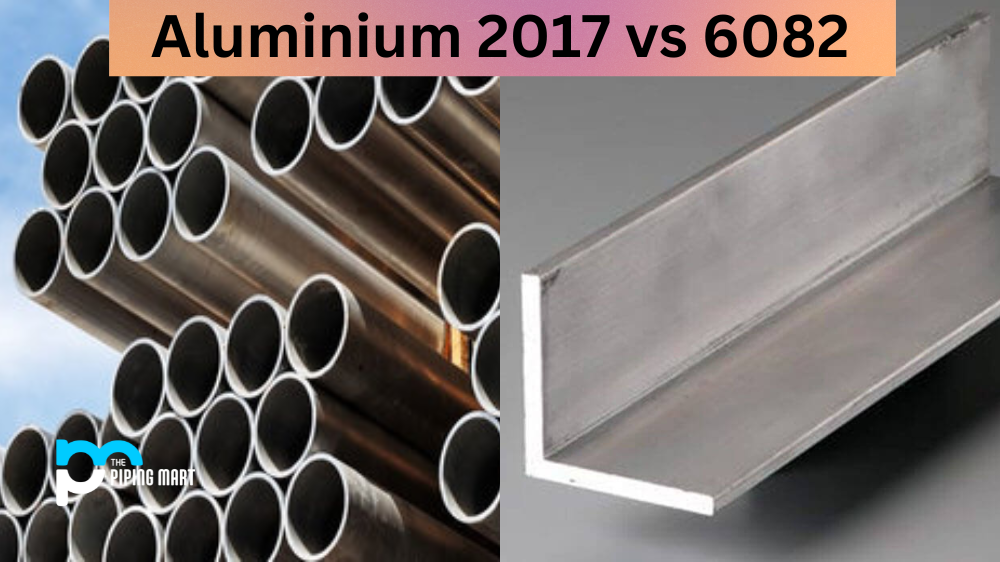The manufacturing world, particularly in the automotive and construction industries, depends heavily on different types of steel. Two of the most commonly used types are SAE 1006 and SAE 1008. While they may seem similar, they differ in crucial ways that affect their performance and quality. In this blog post, we will explore the difference between SAE 1006 and SAE 1008 so that you can make an informed decision when choosing the suitable material for your project.
What is SAE 1006?
SAE 1006 is a low-carbon steel ideal for parts that do not require high strength. It has a carbon content of 0.06%, making it easy to bend and form. Due to its low carbon content, SAE 1006 makes wire rods, nails, and other small parts that require excellent cold formability.
What is SAE 1008?
SAE 1008, on the other hand, has a slightly higher carbon content at 0.08%. It is still a low-carbon steel but has improved strength compared to SAE 1006. It is commonly used to weld or braze parts together since it can be easily moulded into the desired shape. SAE 1008 produces cold-rolled steel sheets, tubing, and other structural components.
Difference between SAE 1006 and SAE 1008
There are several notable differences between SAE 1006 and SAE 1008. One of the most significant differences is their carbon content. As mentioned, SAE 1008 has a higher carbon content than SAE 1006. This higher carbon content directly influences the steel’s strength, making SAE 1008 more durable than SAE 1006.
Another difference lies in the materials’ applications. SAE 1006 is best suited for parts that do not require high strength and can be easily formed and shaped. On the other hand, SAE 1008 is best for parts that need to withstand heavy loads and forces while retaining their shape.
Carbon Content
The difference between SAE 1006 and SAE 1008 lies in the amount of carbon present in each steel grade. SAE 1006 contains a maximum carbon content of 0.08%, while SAE 1008 includes a total carbon content of 0.10%. This difference in carbon content provides each steel grade with different properties and characteristics.
Weldability
The lower carbon content of SAE 1006 makes it more weldable than SAE 1008, which can be difficult to weld due to its higher carbon content. However, both steels are suitable for welding with the most common methods.
Formability
The lower carbon content of SAE 1006 makes it more formable than SAE 1008, which can be difficult to form due to its higher carbon content. However, both steels can be created using the most common forming methods.
Maximum Carbon Content
SAE 1006 has a maximum carbon content of 0.08%, while SAE 1008 has a full carbon content of 0.10%. This difference in top carbon content provides each steel grade with different properties and characteristics.
SAE 1006 vs SAE 1008: Which is Better?
Choosing between SAE 1006 and SAE 1008 depends entirely on the project’s specifications and requirements. SAE 1006 is best suited for parts that require excellent cold formability, while SAE 1008 is ideal for parts that must withstand heavy loads and forces. Both materials are readily available and affordable, making them suitable for various applications.
Conclusion
In summary, SAE 1006 and SAE 1008 may seem similar at first glance but differ in several important ways that affect their usage and performance. Whether you are working in the automotive or construction industry, knowing which material to use is vital in ensuring that your project is efficient and durable. By understanding the difference between SAE 1006 and SAE 1008, you can make an informed decision and choose the suitable material for your project’s requirements. Understanding the Difference between SAE 1006 and SAE 1008

A passionate metal industry expert and blogger. With over 5 years of experience in the field, Palak brings a wealth of knowledge and insight to her writing. Whether discussing the latest trends in the metal industry or sharing tips, she is dedicated to helping others succeed in the metal industry.




